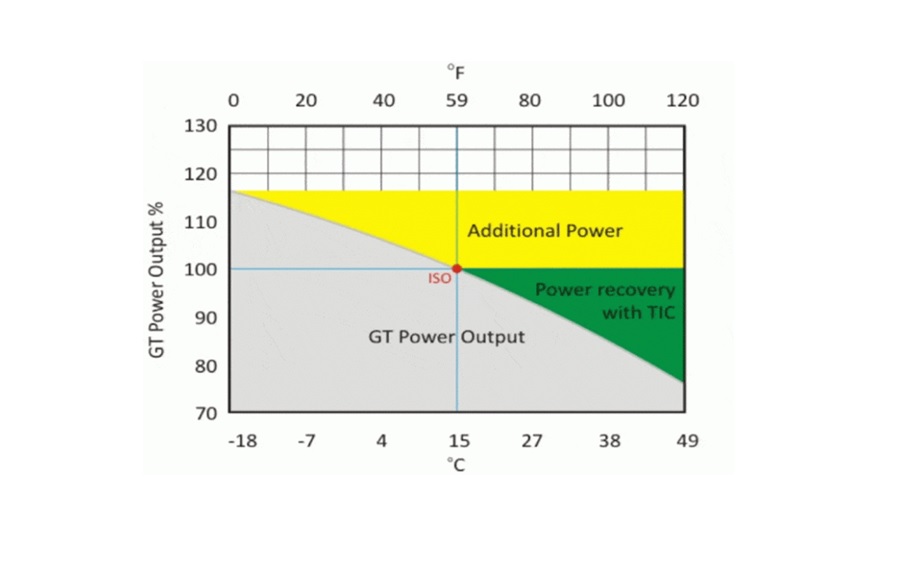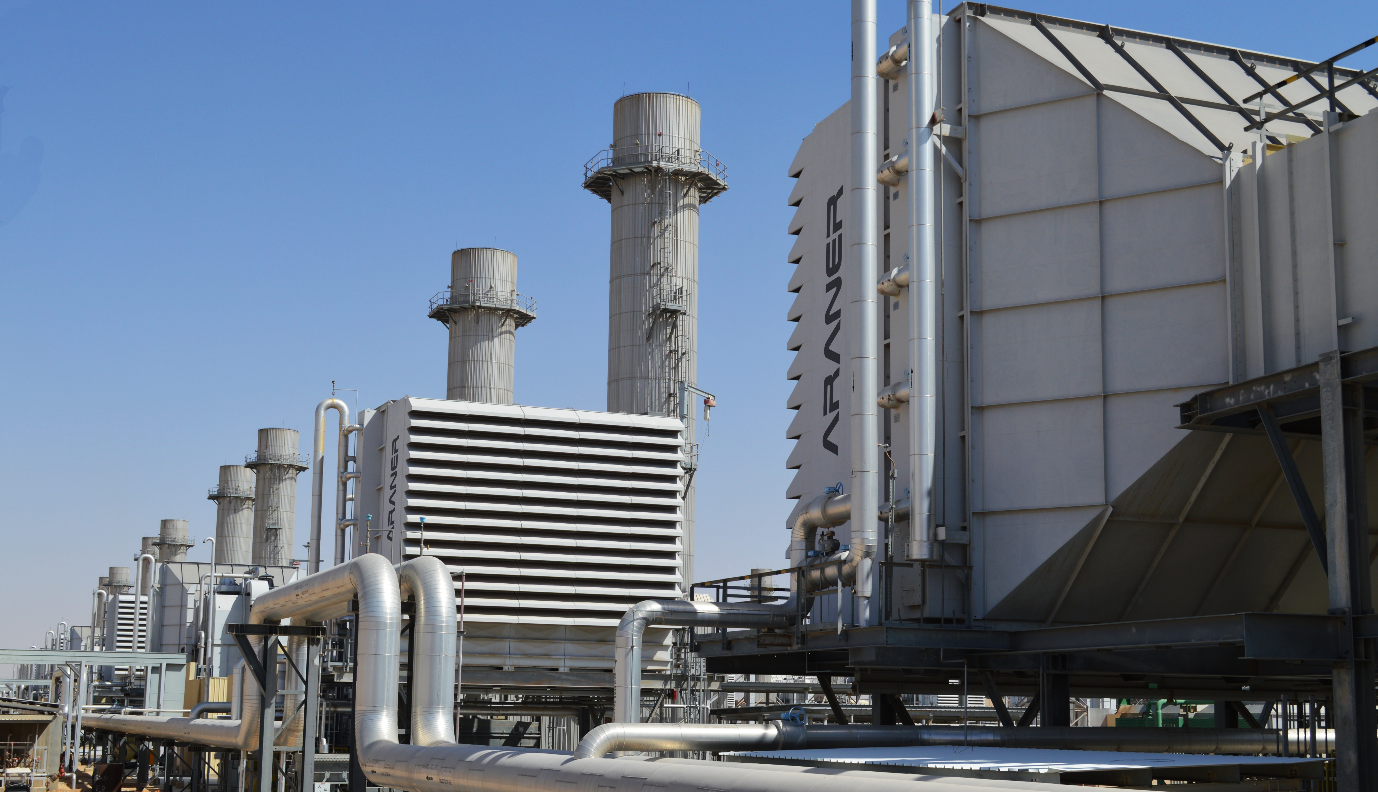Unplanned machine downtime in a TIAC plant is costly, and can cause subsequent failures that can put users at risk. That is why operability and maintainability of the power plant should be a priority. Operating data from TIAC energy plants designed by ARANER shows superior power and plant reliability. Designers have discovered that data analysis and close monitoring of the plant are some of the secrets towards a healthier power plant and overall profitable business strategy. A sound TIAC plant design covers a wide range of issues- building arrangement, choice of materials, choice of components etc. Operability and maintainability cover critical areas of performance, as demonstrated below.
Operability of a TIAC Plant
Power plants anywhere are prone to technical issues. Designers must think about voltage control, frequency control, disparity between consumption and generation, transmission system adequacy, limited predictability and so forth. Demand side management, application of operational planning tools, flexible power generation, and robust transmission grids offer remedy for such issues.

For TIAC systems, exciting strategies of improving operability exist-A few added percentage points of industrial energy efficiency can have significant impact on the value of power plant. Since the business environment can be punishing, operators are interested in improving gas turbine operability. This is alongside other measures that seek to enhance equipment life and increase output. Technology has provided scope for keeping the turbine operating optimally. The key to applying these methods is timely identification of dwindling performance. Towards this end, operators can use various tools to observe the performance of their equipment. Tools do all sorts of things including monitoring vibrations and analyzing plant output. Based on this need, remote monitoring teams have been established to handle a wide array of technical issues from one location. Turbine efficiency is a concern for TIAC power plant operators. Some of the concerns are manageable during plant operation, but others can only be handled in a shutdown situation. The turbine loses efficiency due to ambient conditions, debris in the inlet filters and compressor problems among others.

Fig 1: How Ambient Temperature Affects Turbine Power Output
Maintainability of the Plant
Maintainability of a TIAC energy plant can be defined as the likelihood of the maintenance process being done fully within the stipulated time. Any power plant operator knows that high maintainability (low downtime) is an essential trait. Still, not every plant receives the best monitoring or maintenance, a case of this trait being difficult to sustain. Maintenance can be reactive, predictive/condition-based, reliability-centered or preventive. In regards to a TIAC plant, several things can control maintainability. Enhancing preventive maintenance energy plant is one of the most effective ways of reducing downtime. There is also the approach of using standardized equipment. Interchangeability goes hand in hand with standardization. With improved interchangeability, the plant steers away from delayed repairs. Improved maintainability in a plant is also possible through extensive training of the team about maintenance energy plant. The core of this training should be encouragement of a good attitude towards repairs, replacements and maintenance. Finally, maintainability is better if procedures and information are properly documented. Review your documentation tools to see if they are up to the task.
ARANER Approach to Operability and Maintainability of the TIAC Plant
ARANER has a simple way of countering operability and maintainability issues of a TIAC plant. Any plant installed by the team operates automatically via a reliable control system. This control system features simple and intuitive Human-Machine Interface (HMI), such that the operator has to make very few and simple orders. The TIAC system is so simple, that most operators master it after 1-day training.

Fig 2: A TIAC System Developed by ARANER
When it comes to maintenance, focus areas are pumps, heat exchangers and compressors. The process is straightforward because the equipment has a robust and industrial grade design. Thorough tests are done prior to installation for optimum performance. The only areas that need routine maintenance are the compression units, the air cooled condensers and the water pumps. Compared to common plant maintenance, these requirements are very basic. The operators who handle this maintenance can also operate the plant comfortably. Overhaul of the main plant happens after 5-6 years. In between, the team only needs to perform basic maintenance activities like bearing changes, annual chemical analysis and strainer cleaning. If you have any doubts about the maintenance requirements, ARANER’s TIAC maintenance manual has all the details.
Conclusion
Power failure, regular shortages or any sort of interruption can have a negative impact on the energy plant and the society. Interruptions can lower TIAC plant productivity, hinder service delivery, render equipment unsafe for use, and increase costs of maintenance energy plant. Understanding the factors that affect maintainability and operability of the plant creates the ideal platform for proper decision making and performance optimization. Are you interested in taking full control of performance of your TIAC energy plant? Contact ARANER today.









